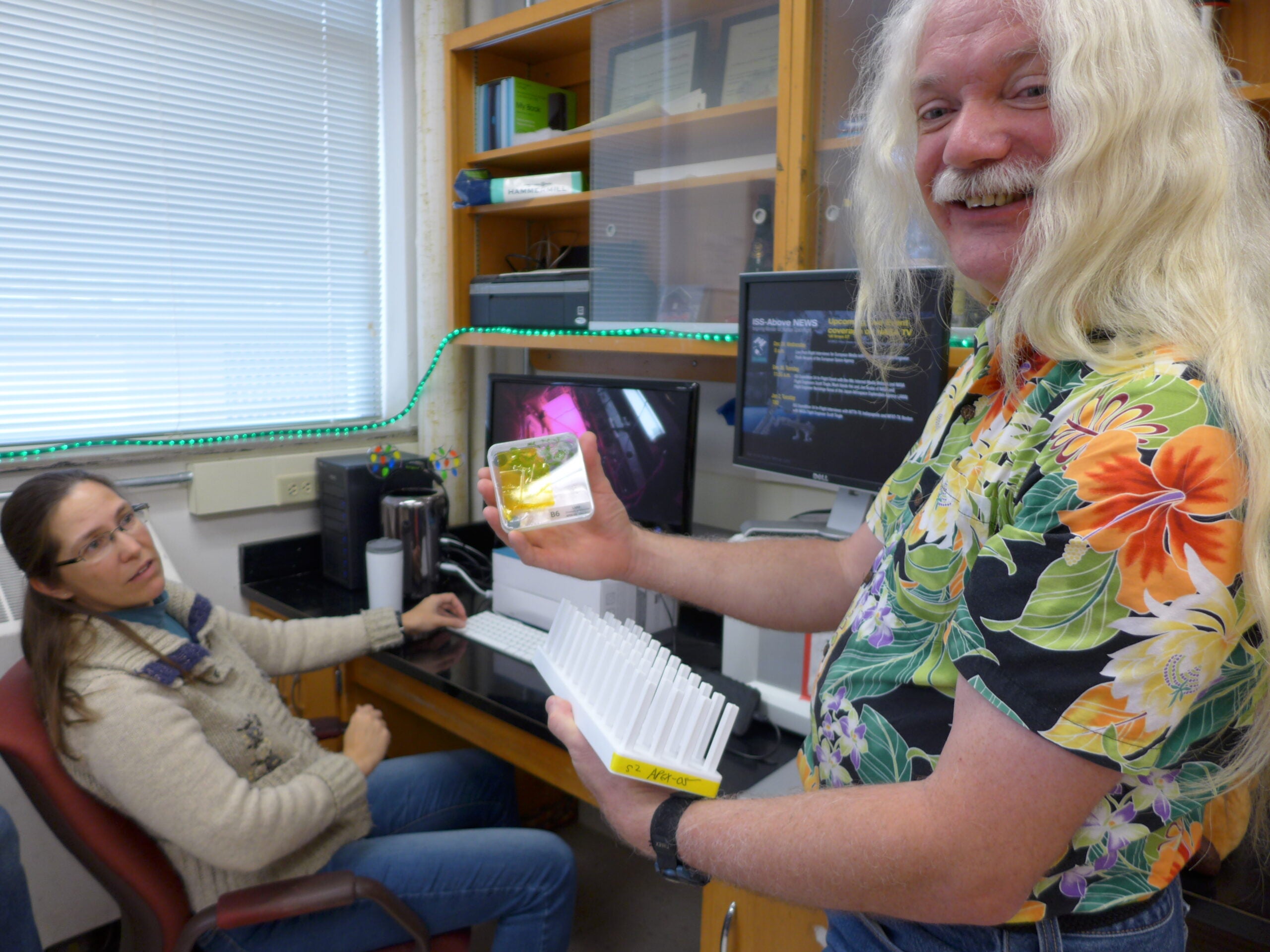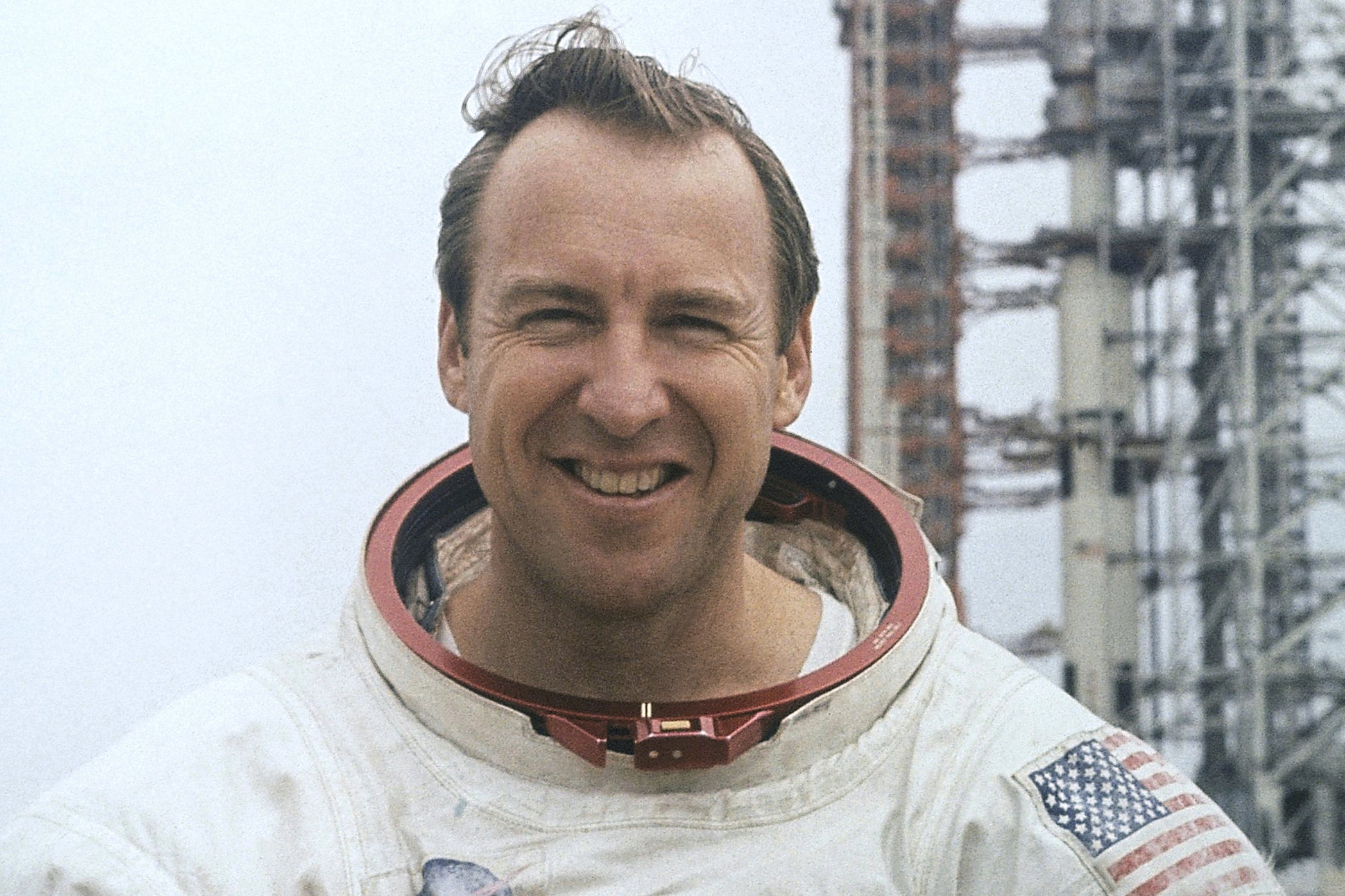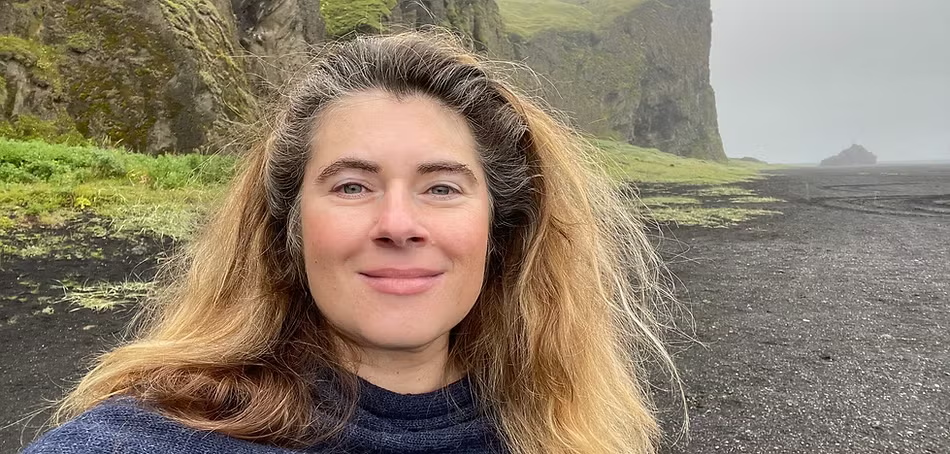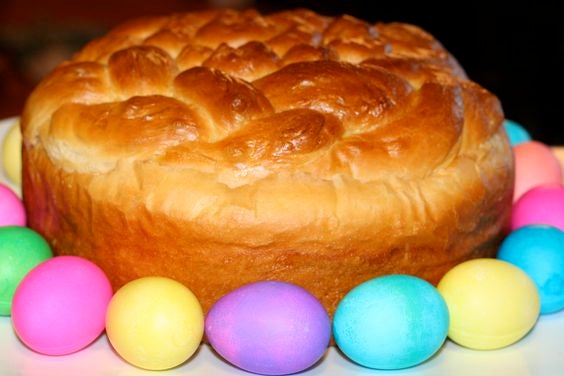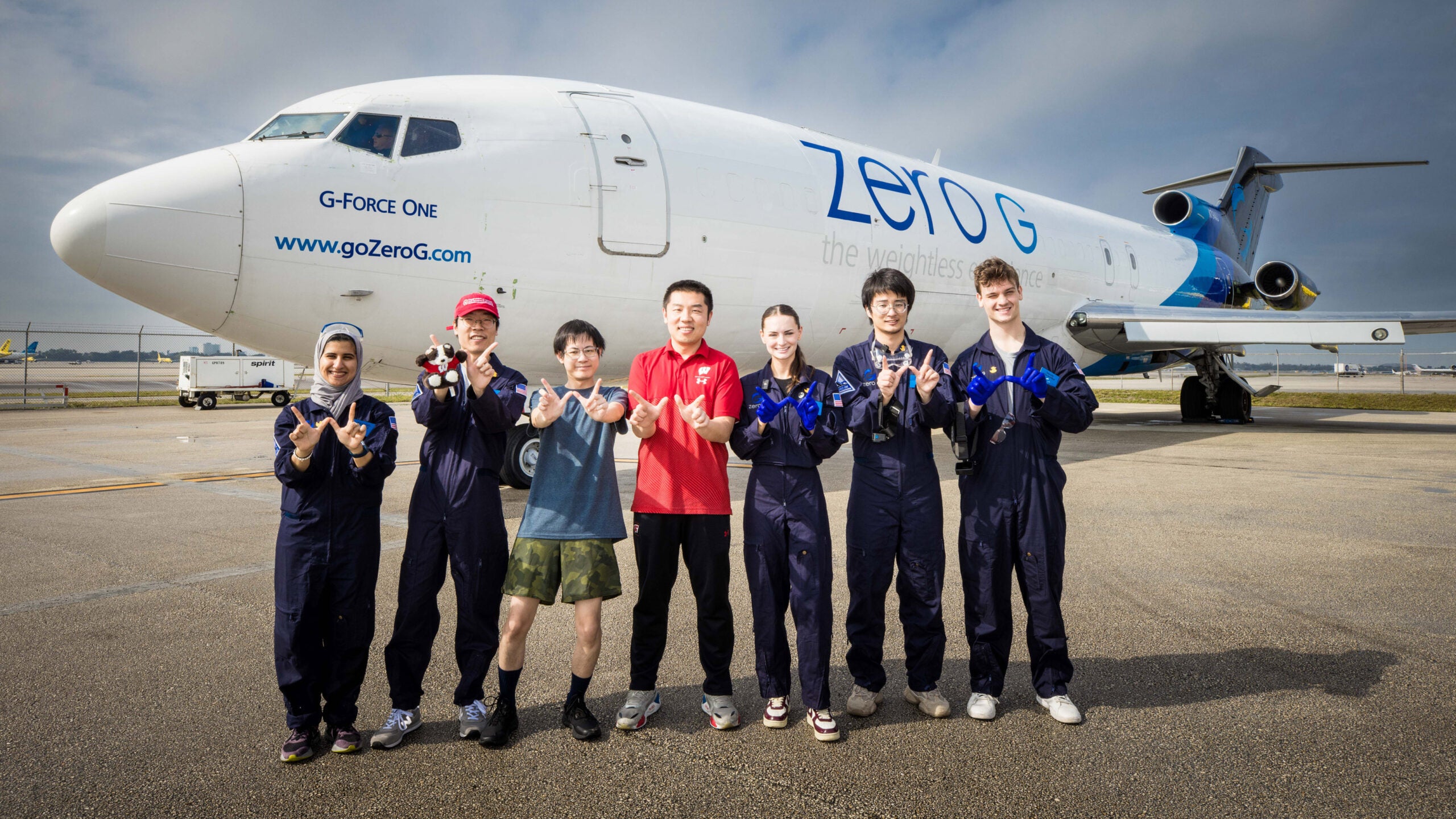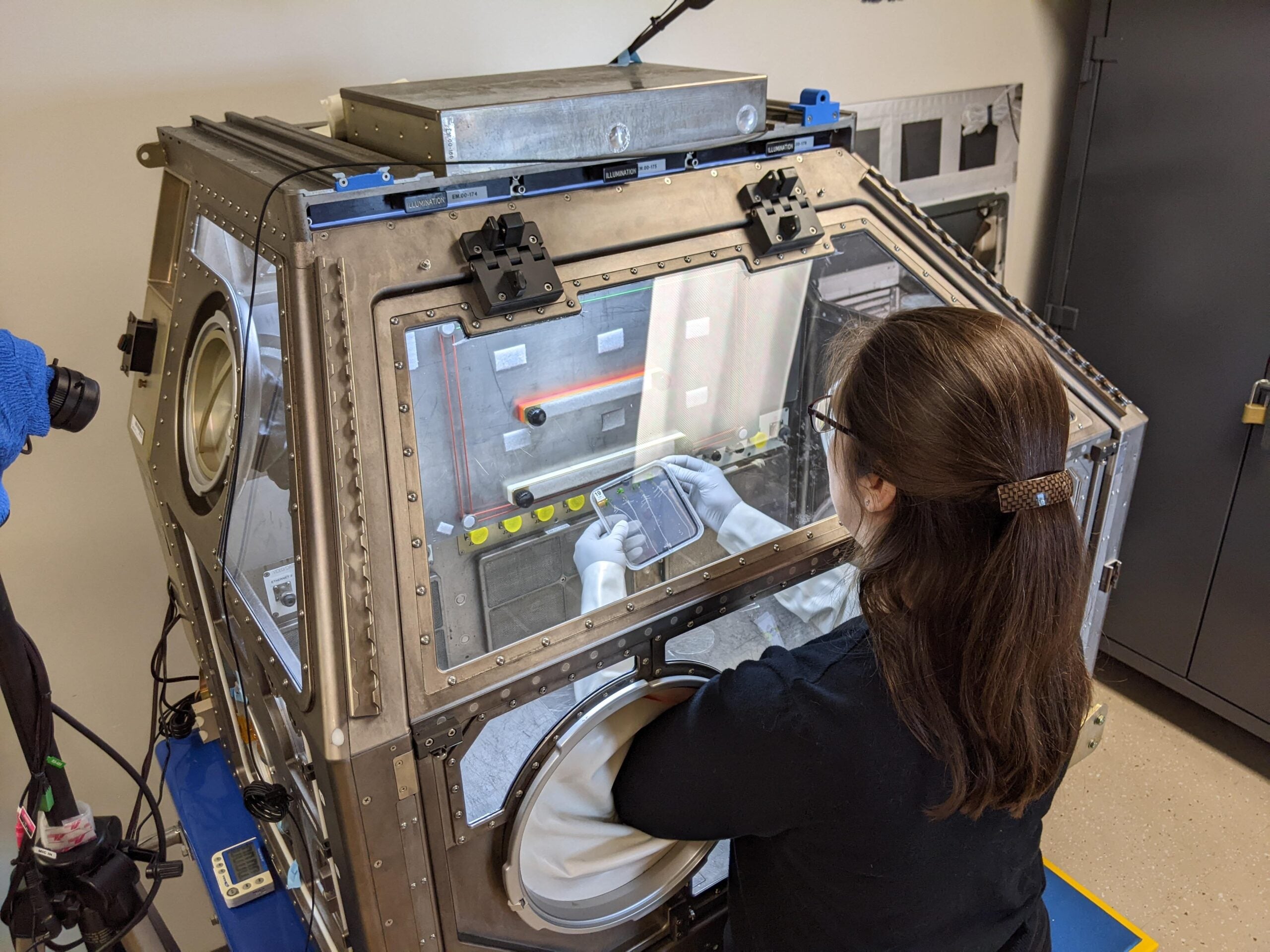A team of botanists from the University of Wisconsin-Madison has sent seeds to the International Space Station to learn more about how plants grow in space. The seeds were delivered to the space station by a SpaceX Dragon capsule launched by a reused Falcon rocket Friday.
The experiment was installed on the space station Wednesday by astronaut Scott Tingle. Botanists Simon Gilroy, Sarah Swanson and Richard Barker watched a live stream from space, and held their breath as Tingle placed petri dishes in a growth chamber under LED lights.

The SpaceX Dragon spacecraft successfully launched at 10:36 a.m. Eastern Time Dec.15, 2017, from Cape Canaveral Air Force Station in Florida, carrying more than 4,800 pounds of research equipment, cargo and supplies to the International Space Station. Tony Gray and Sandra Joseph/NASA
News with a little more humanity
WPR’s “Wisconsin Today” newsletter keeps you connected to the state you love without feeling overwhelmed. No paywall. No agenda. No corporate filter.
The experiment, the third sent to the space station by Gilroy’s team, focuses on how plants respond to zero-gravity stress and oxygen deprivation in space. Some of the seeds have been genetically engineered to respond well to low-oxygen environments. Another group of seeds is normal, and will be analyzed to see how low oxygen affects plant growth. An identical experiment is being run on earth at the Kennedy Space Center in Florida so that they can compare the plants grown in space to the plants grown on earth.
One of the long-term goals of experiments like this, Gilroy said, is to learn more about growing food on longer space missions.
“If we start thinking about going to Mars or some longer term flight, providing food and nutrition, sort of vitamins and things like that, becomes really complicated if you’re relying on a rocket to constantly be flying out there to provide your food,” he said.

Plates hold seeds of the mustard plant Arabidopsis, which will be grown on theInternational Space Station to test their response to zero gravity. NASA
The seeds are for Arabidopsis, a plant variety so commonly used by scientists that Gilroy referred to it as “the lab rat of plant biology.” The experiment will run for about eight days, then the seedlings will be returned to earth for analysis.
Gilroy and his team traveled to the Kennedy Space Center to prepare for and watch the launch. “It was pretty spectacular,” he said.
Wisconsin Public Radio, © Copyright 2026, Board of Regents of the University of Wisconsin System and Wisconsin Educational Communications Board.

